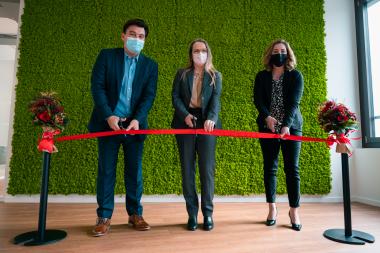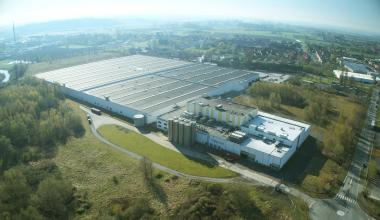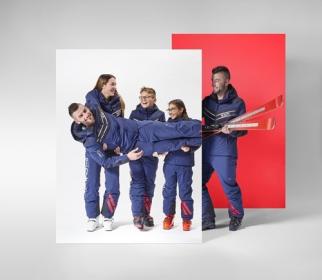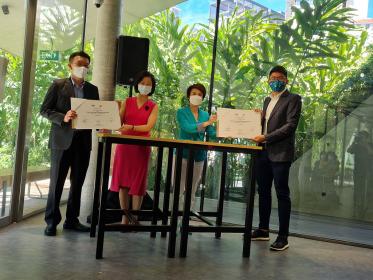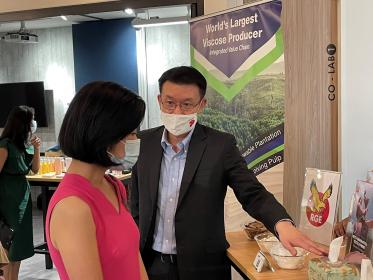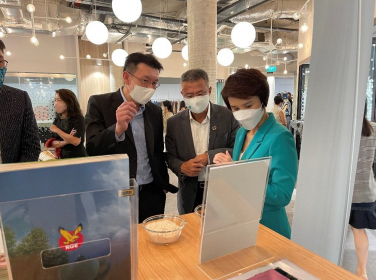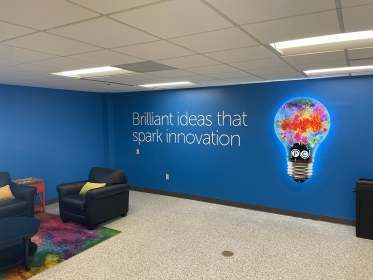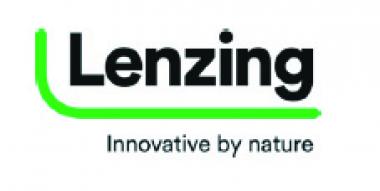Archroma moves its headquarters to Pratteln
Archroma, a global leader in specialty chemicals towards sustainable solutions, announced the relocation of its headquarters to the Haus der Wirtschaft (HDW) building in Pratteln, a satellite town of Basel, Switzerland.
The HDW building is a business hub hosting under one roof the Economic Chamber Baselland with other companies, as well as a fully-serviced conference and event center.
Archroma will focus its other site and current headquarters, located in the nearby town of Reinach, to laboratory and application development activities.
“With our new corporate headquarters in HDW, we are joining a dynamic business place”, comments Heike van de Kerkhof, CEO at Archroma. She adds: “Our Reinach site will be refocused as a ‘tech hub’ and will continue to develop leading innovations and sustainable system solutions to serve our markets. With this, we are strongly reaffirming our deep commitment to our Swiss roots and presence.”
Christoph Buser, Director of the Economic Chamber Baselland, adds: “We are very excited to welcome Archroma in the HDW offices. This successful and innovative company is an enrichment for this location, which stands for inspiration and a modern working community.”
Archroma


